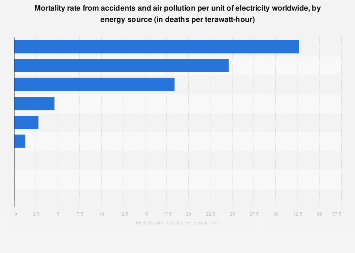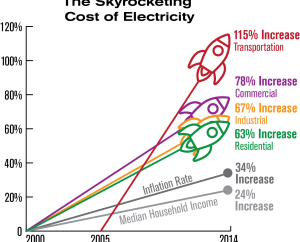The treatment of ecological expenses is progressively turning into an issue for green power purchasers, as certain utilities are recuperating the Electricity Rates expenses of natural remediation endeavors through overcharges or adders on customer bills. Do green power customers have to pay pollution control costs or other environmental costs associated with oil derivative plants?

Public Service Company of Colorado (Xcel Energy) implemented the “Air Quality Improvement Rider on client bills to recuperate the expense of installing air contamination moderation equipment on a few coal plants in the Denver/Boulder metropolitan region. The PUC’s choice on the matter called for members of the utility’s Wind source green power program to be exempt from the rider for the entirety of their breeze energy buys (PSCO 1999). Then again, the Minnesota PUC endorsed an “ecological improvement rider” in March 2004 for Northern States Power (NSP) that did exclude exclusion for Xcel’s Minnesota Wind source clients. NSP effectively contended that “even though members in the green evaluating program assist with empowering the broadening of our energy supply, they likewise advantage from the nonrenewable parts of the utility framework and suitably should partake in its expenses (Xcel Energy, 2002). In recent years, there has been substantial discussion about the dangers associated with CO2 outflows from the power age, and the need to mitigate them. In light of developing worries about worldwide environmental change, many states, and regions, just as a few U.S. areas, are embracing tactics to curb CO2 emanations. A portion of these endeavors might influence buyer electricity rates or result in overcharges on purchaser bills. For instance, electors in the city of Boulder, Colorado endorsed a polling form drive in 2006 initiating an “environment activity plan charge” on electricity purchasers in the city to support the execution of projects to expand energy proficiency, the utilization of renewable energy, and diminish engine vehicle emanations. The action, which produced results in April 2007, considered the effect on green power clients and explicitly excludes them from covering this assessment. At last, various utilities recuperate costs for carrying out renewable portfolio standard (RPS) strategies that require the utility to acquire renewable energy to meet a piece of their retail electricity deals. At times, these expenses are being evaluated as a different viper to service bills, yet generally, these expenses are moved into the utility’s base rate. Anyhow, how could these charges be compared to the green power customers who are already paying a premium for obtaining 100% of their electricity from renewable sources? If these customers are surveyed, the RPS charge and pay a green power snake for the entirety of their electricity needs, they might be charged twice for a part of their renewable energy buys.
One of the basic achievements of the deliberate green power market lies in the ability of enormous amounts of individual buyers to pay a premium for these electricity items. Appropriately, electric utilities should introduce a convincing offer for their green power items. The steady value normal for renewable energy age offers a significant and engaging advantage for some customers. Nonetheless, the accessibility of stable-value green power items doesn’t ensure program achievement. Different factors are also important to consider, for example, program awareness, the degree, and viability of program marketing, and the general evaluation of the item compared with conventional electricity rates.






